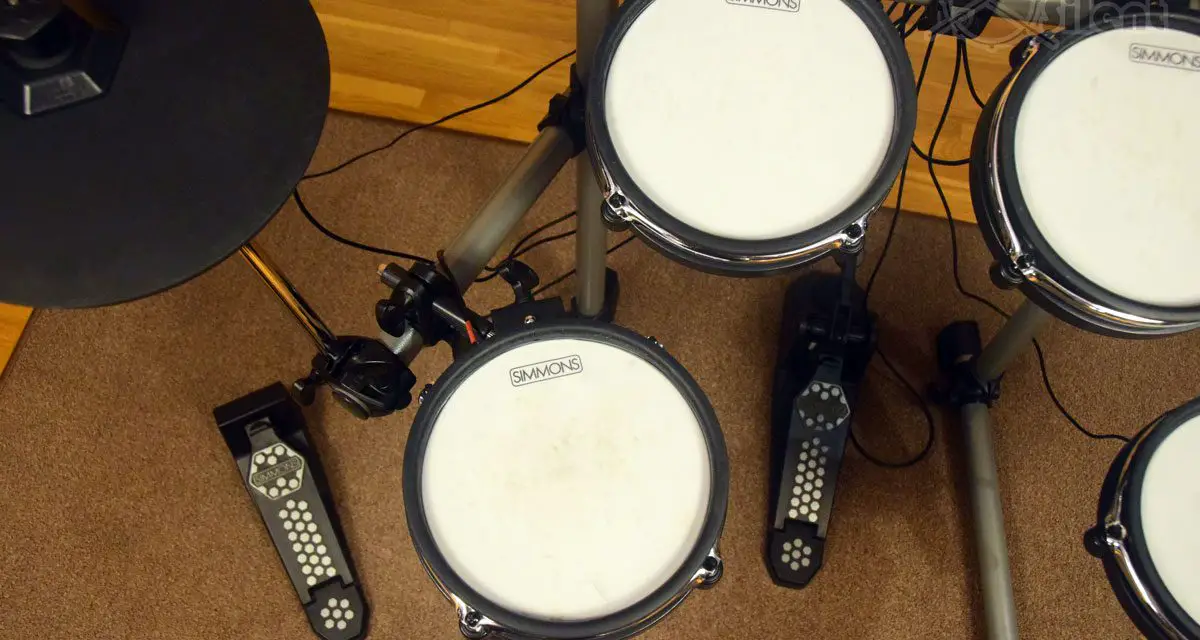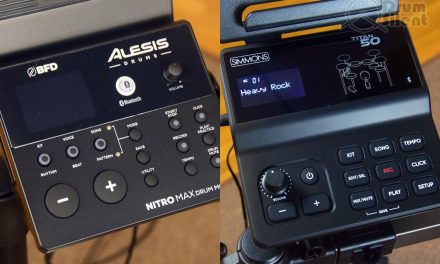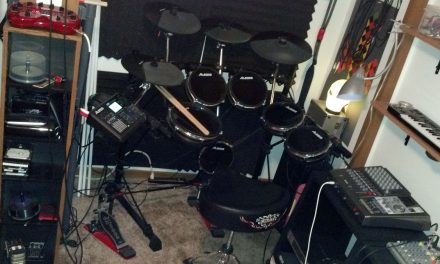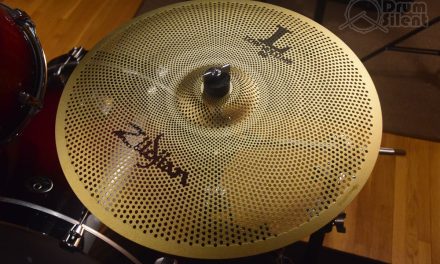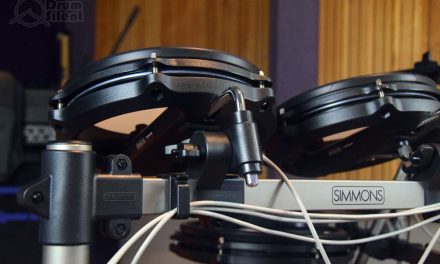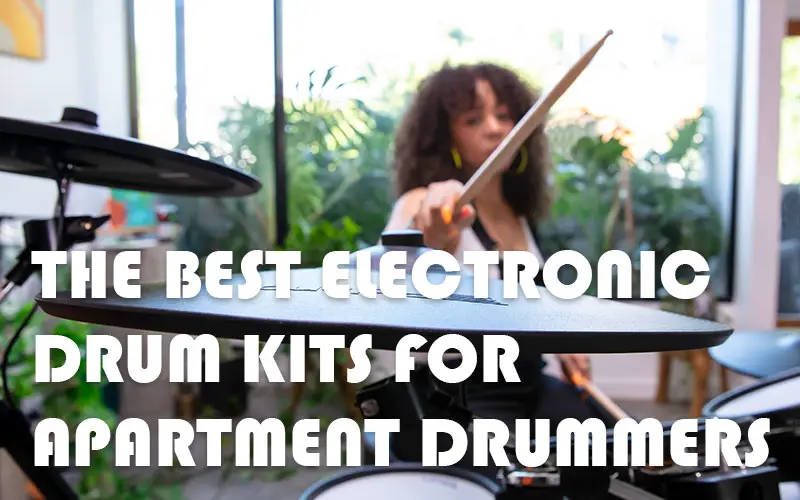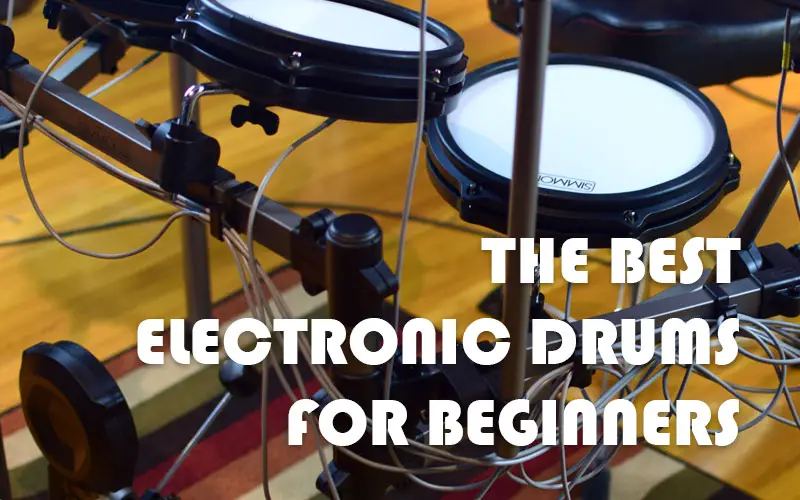Selling a used electronic drum kit can be a little tricky due to their size, their complicated nature and lack of general knowledge from potential buyers about all the ins and outs of the various brands and models of electronic drums out there. But there are some things you can do to help sell your kit more quickly. Here’s some tips for selling used drum kits on local marketplaces.
Very Few Potential Buyers will be Drum Gear Experts
When I think back to the electronic drum kits I’ve sold, I don’t think I’ve ever sold one to a person that seemed to know all the about the make and model of the kit in question. Many times it’s been somebody new to drumming in general, or somebody with experience with acoustic drums that is just getting into electronic drums for various reasons.
They rarely care about the specific model number or have looked up the details before they come check out the kit the for the first time as a potential buyer. So I’ve learned to not rely on potential buyers doing their own research.
It’s good to put the model number of the kit on the product listing so somebody can research it, but often times they’ll be more interested based on the price point and what they see in the photos.
Focus on Features in the Listings
I’ve found that it’s good to list the general selling point features in the listing, even if it takes a few more minutes to round up the details. Usually you can get this stuff from the manual if you don’t already know the details. Make sure to list things like:
- Number of kits, types of kits and sounds on the drum module
- Key connections on the drum module (stereo outs, headphones, Bluetooth, USB, etc.)
- Number of pads, sizes of pads, types of drum pads
- General size and footprint of the kit when it’s set up
- How much space will be required to transport it after purchase
This can help potential buyers size up what they are getting without having to research online. This can be especially important for older kits that aren’t easily found anymore, since there could be a lack of information online about them.
Mention Accessories Included
Be sure to mention what comes with the kit. The obvious stuff will be the kit itself which includes the rack, module, pads and cables. Also mention if it comes with any extras such as pedals, drum sticks, headphones, a drum throne or anything else like that. If people see those extras in photos they might think it’s included with the kit, even if it’s not.
Link to the Manufacturer’s Page or Manual
If it’s a newer kit that’s still relevant on the current market, I like to include a link to the drum kit’s page on the manufacturer website, which can further outline any features or details about the kit that the potential buyer might want to know. I also like to dig up a manual online and link to that if possible. Both those thing can help buyers answer potential questions on their own.
Don’t Skimp on Photos
Take as many good photos of the kit as you can. I like to include one full kit shot from both the front and back. Also include some closeups of the pads to show condition. Another good shot to include is the back of the drum module or anything that shows the connections and ports on the module. I also like to take a picture with the drum module turned on. Make sure the model number of the kit or module is shown in the photos as well.
Accurately Describe Any Issues with the Kit
If the kit has issues or broken hardware, make sure to mention it. You can even take it a step further by providing info about where to find a replacement part. It’s bad to sell something that isn’t 100% working order without the buyer knowing. Personally, I try to fix up any kit that I sell so that it doesn’t have any issues, but that can’t always be done. I’ve replaced things like loose or worn out rack hardware or broken pads before selling, and when I’ve done that I make sure to mention it on the listing.
Clean Up The Kit
I’ve flipped some older kits and when I buy them they sometime almost look like barn finds, being dusty from sitting in somebody’s basement or garage. It’s so much easier to sell a kit if it’s been cleaned up and looks sharp. Even if it’s worn out a bit, a nice cleanup can do wonders. This can be as simple as grabbing a microfiber cloth and just doing a dry wipe-down to remove any dust from the surfaces and crevices around the hardware on the kit. It can even be worthwhile to pull the heads off any mesh drum pads and clean up the dust inside, if it’s a really dusty kit.
Have The Kit Setup So Buyers Can Try It Out Easily
Whenever I have a kit actively for sale, I have it setup in a place where it can easily be demoed or played by a potential buyer. I like to put in the listing that it’s setup and ready to try out if they are interested. I make sure to have either headphones or a speaker already connected, some sticks and a throne nearby so they can just sit down quickly and try it out without much fuss.
Be Prepared to Play It for a Demo
Sometimes you might be selling the kit to a newer drummer who doesn’t really have the confidence to sit down and try it out in front of a stranger. Or maybe the person buying isn’t even a drummer and is buying it for somebody else. I’ve picked up on this a few times when selling, it’s no big deal.
If you’re willing to sit down at the kit and play it a little bit to show them how things work, it can do wonders. Show them that all the pads work, show them how the pedal controllers work, show them how to adjust positioning of the pads and how to loosen/tighten hardware on the kit, and cycle through a few drum kits so they can hear the different sounds. This works better if you have it hooked up to speakers vs using headphones, so keep that in mind as well.

